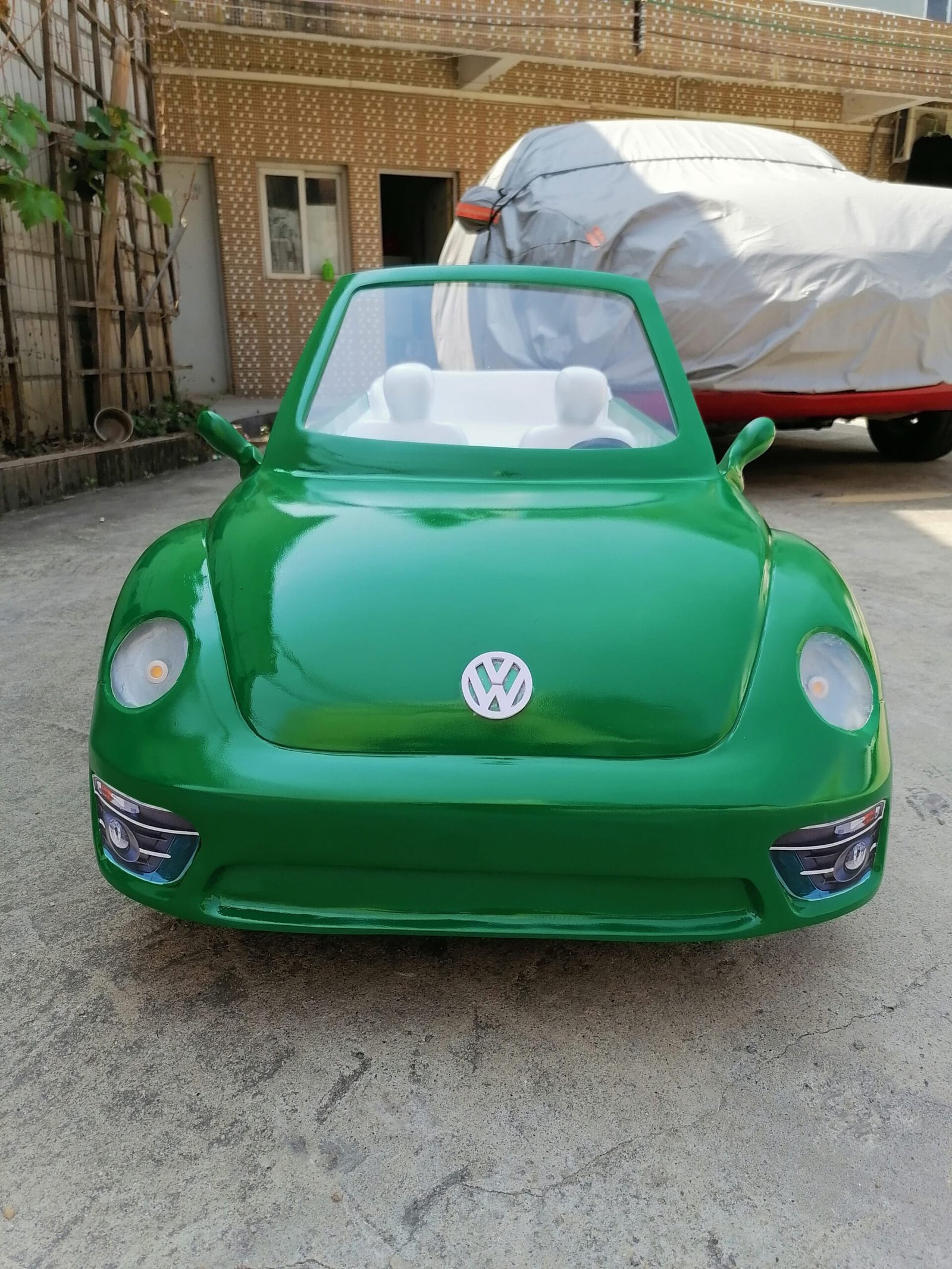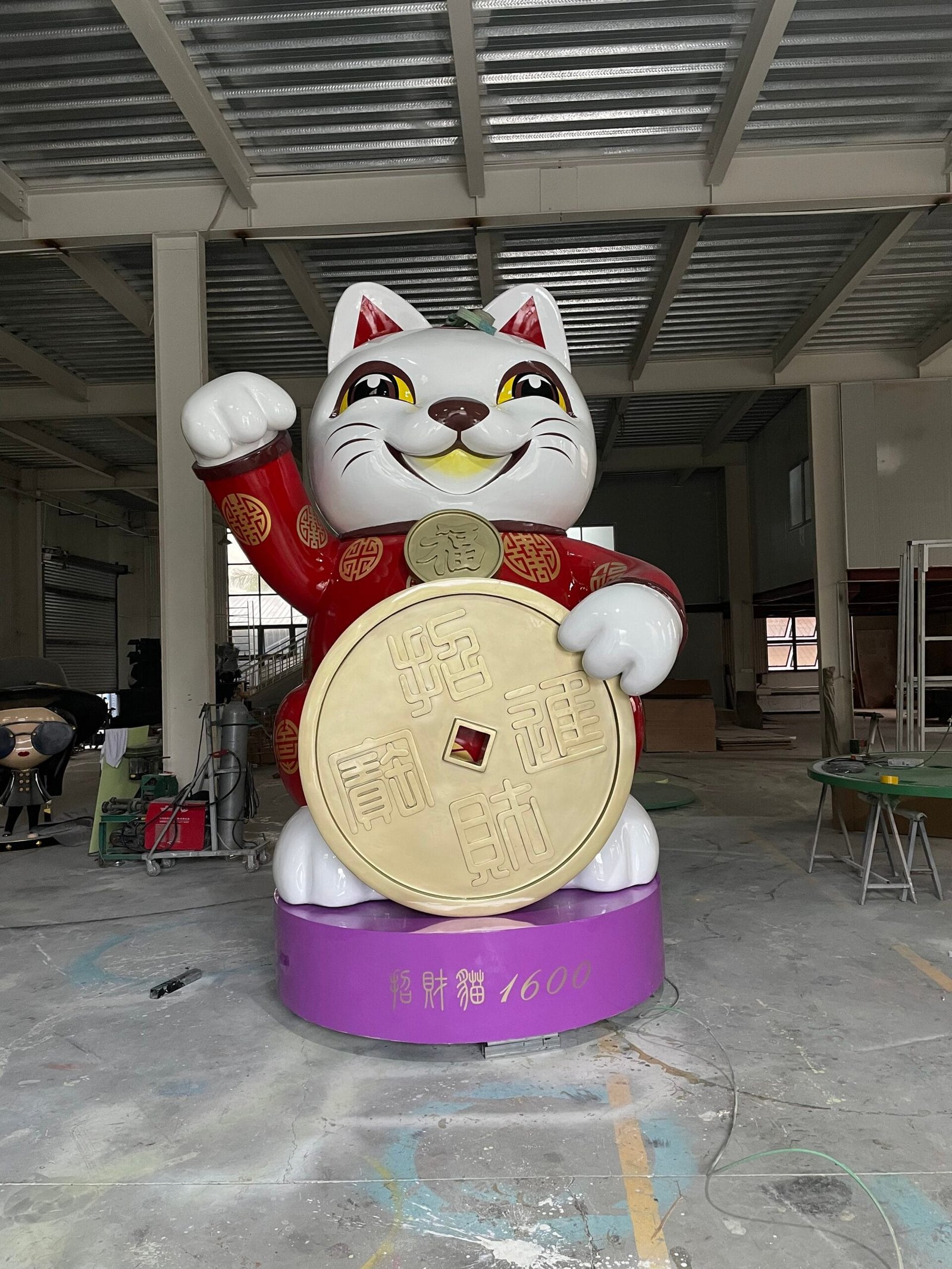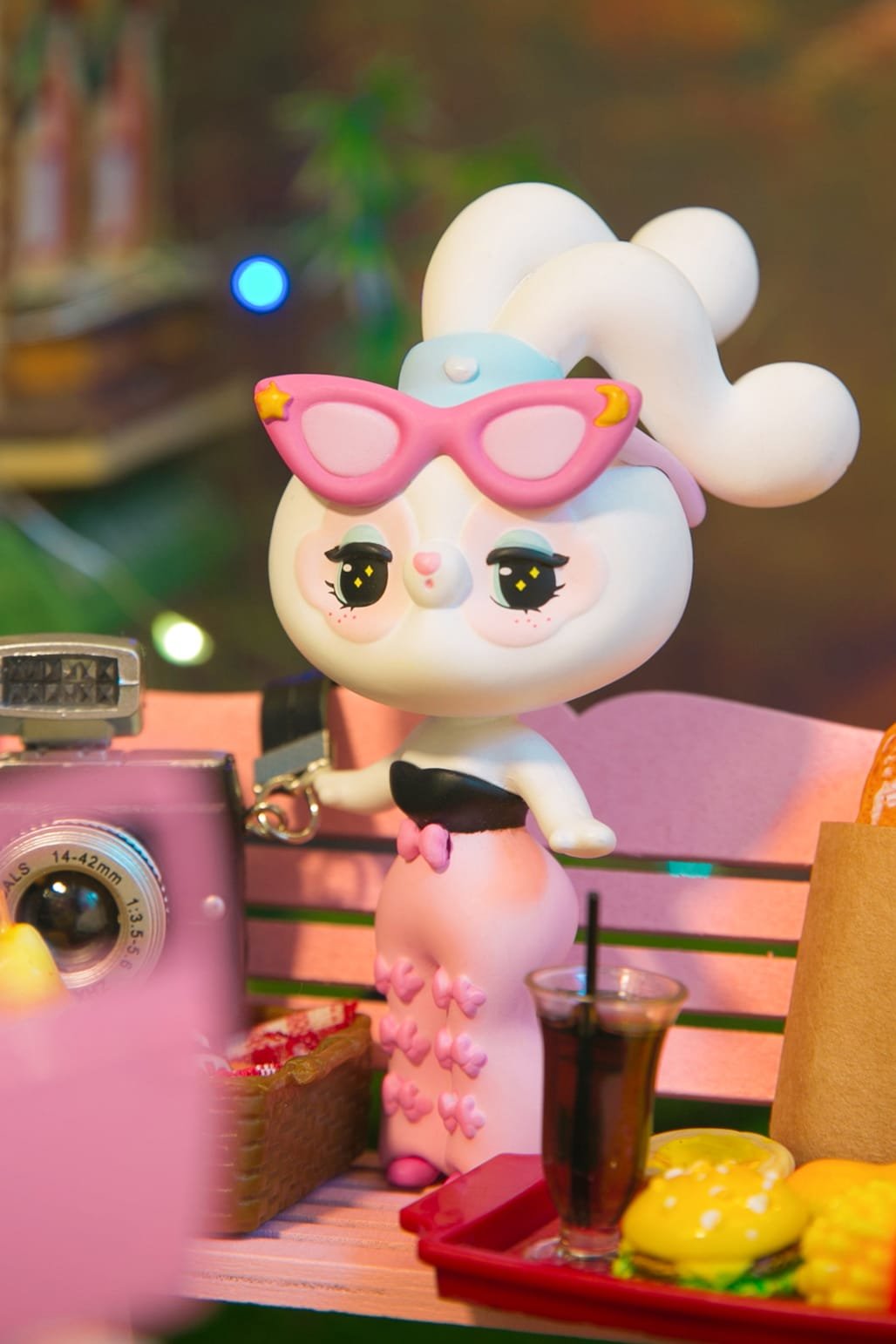Introduction: The Power of Custom Sculptures in Branding
In today’s competitive market, custom sculptures are powerful tools for brands to establish a distinct identity. These artistic creations not only captivate attention but also communicate a brand’s values and story in a tangible way. From retail environments to corporate events, personalized sculptures provide a memorable experience, fostering deeper connections with audiences.
This article outlines the step-by-step process of creating customized sculptures and explores strategies to maximize their branding potential.
1. The Value of Custom Sculptures for Brands
Enhancing Brand Identity
Custom sculptures transform abstract brand concepts into physical, visually striking representations. They create a unique identity by reflecting a company’s core values and mission through artistic expression.
Furthermore, personalized designs ensure consistency with the brand’s visual language. For instance, a luxury brand may opt for sleek metallic sculptures, while a playful brand might choose vibrant and whimsical designs.
Boosting Customer Engagement
Sculptures naturally draw attention, especially when placed in high-traffic areas or integrated into events. Their visual appeal invites customers to interact, creating opportunities for emotional and sensory engagement.
Additionally, sculptures with interactive features, such as touch-sensitive elements or augmented reality (AR), encourage participation and leave a lasting impression.
2. Steps to Create Effective Custom Sculptures
Define Brand Objectives and Target Audience
Start by clarifying what the sculpture should achieve. Ask these key questions:
- What message or emotion should the sculpture convey?
- Who is the intended audience?
- How will the sculpture align with the brand’s existing identity?
By establishing clear goals, brands ensure the sculpture aligns with their marketing strategy and resonates with their audience.
Collaborate with Professional Designers
Working with experienced designers is essential to translate ideas into impactful visuals. Designers bring expertise in combining aesthetics with functionality, ensuring the sculpture reflects the brand while appealing to its target market.
Moreover, open communication between stakeholders and designers helps refine the concept during development, leading to a more cohesive final product.
Choose Materials and Techniques Thoughtfully
Selecting the right materials is critical for durability, aesthetics, and budget. Common options include:
- Fiberglass: Ideal for lightweight, large-scale installations.
- Metal: Provides a polished, modern appearance suitable for long-lasting designs.
- Wood or Resin: Great for intricate detailing and eco-friendly projects.
In addition, advanced technologies like 3D printing and laser cutting allow for precise and innovative designs, ensuring the sculpture stands out.
3. Leveraging Custom Sculptures to Amplify Brand Impact
Strategic Placement
Where you place the sculpture plays a significant role in its effectiveness. Consider these placement strategies:
- Public Spaces: Position sculptures in areas with heavy foot traffic to maximize visibility.
- Event Integration: Use sculptures as centerpieces at trade shows or product launches, drawing attention and encouraging interaction.
Moreover, strategically placed sculptures often become photo-worthy spots, inspiring visitors to share their experiences on social media and organically extending the brand’s reach.
Incorporate Interactive Elements
Adding interactivity elevates the sculpture’s appeal. Examples include:
- Lighting Features: Dynamic lighting enhances the sculpture’s visual impact, especially in nighttime settings.
- Augmented Reality (AR): AR integration allows users to engage with digital layers of the sculpture, providing a unique and memorable experience.
By merging technology with art, brands can create immersive installations that resonate with modern audiences.
Highlight Sustainability
Sustainability is increasingly important to consumers. Brands can showcase their commitment to environmental responsibility by using recycled or eco-friendly materials in their sculptures.
For example, repurposing materials from previous projects can demonstrate innovation and align with sustainability trends, boosting the sculpture’s appeal to eco-conscious audiences.
4. Measuring the Success of Custom Sculptures
Collect Audience Feedback
Observing how customers interact with the sculpture provides valuable insights. Brands can also gather direct feedback to understand how well the sculpture communicates its intended message.
Monitor Social Media Impact
Sculptures often inspire social media engagement. By tracking hashtags, mentions, and user-generated content, brands can gauge the sculpture’s popularity and its role in increasing visibility.
Additionally, analyzing engagement metrics helps refine future designs, ensuring continued alignment with audience preferences.
Conclusion: Sculptures as a Branding Strategy
Custom sculptures offer brands a creative way to stand out, foster engagement, and communicate their values. Through thoughtful design, strategic placement, and interactive features, these installations enhance brand visibility and create lasting impressions.
Whether used for public displays, corporate spaces, or events, custom sculptures provide a powerful medium to connect with audiences and amplify brand influence. Investing in personalized sculptures ensures a unique and memorable identity in today’s competitive marketplace.





